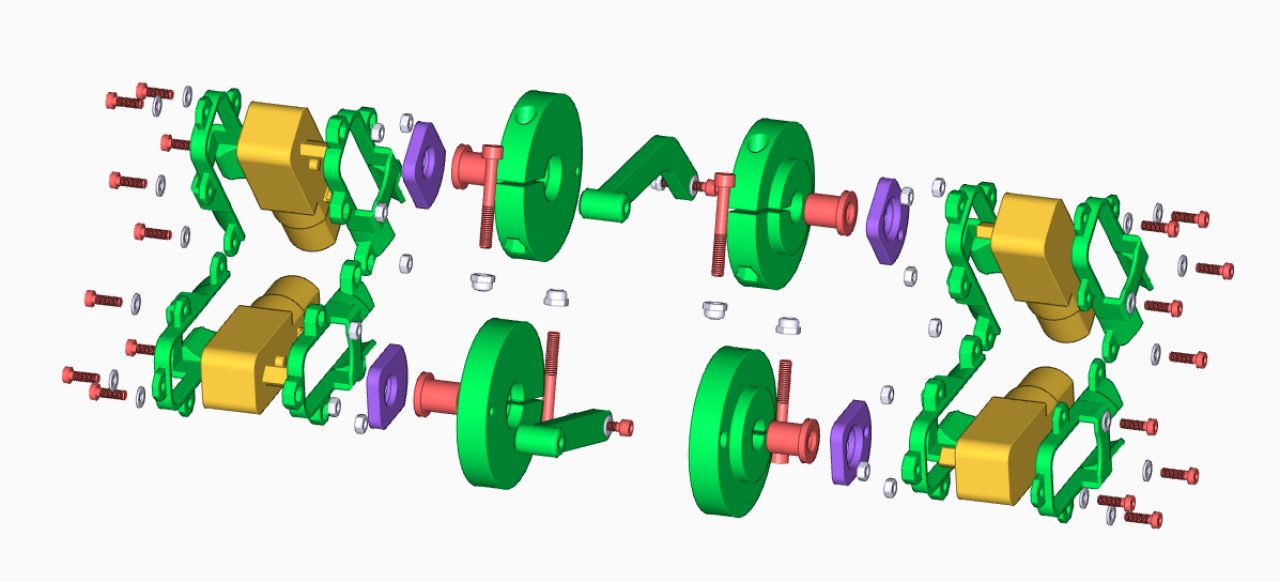

Our core activity is building and testing special-purpose equipment and prototypes.
"All creative people want to do to the unexpected"
Hedy Lamarr - Actress and inventor of Spread Spectrum communications systemsFollowing on from establishing confidentiality and searching for patents and products the next step is to agree with the client a list of required features of the device. These are divided into essential and preferred features.
Before embarking on product design it is necessary to build and test a proof-of-concept prototype. The primary objective is to evaluate if the invention actually works and then if it does, how to optimise its performance. But beyond this there are several considerations and many minor factors that will have to be taken into account.
A prototype will be different to a fully manufactured product. This is perhaps normally assumed to be in terms of quality of finish and other 'cosmetic' details. However in reality it goes deeper than this.
There are five main factors that will affect the design besides just whether it will work or not:
You can read our blog Design for proof-of-concept, prototype, intellectual property & certification for more information on these points.

3D Modelling and CAD
3D Modelling / CAD
We use professional 3D CAD software to design components which can then be fabricated and assembled for testing.
This does not equate to technical drawings and neither are the designs just artist’s impressions (although renderings can be created which can serve these functions). In fact the modelled objects are shaped in 3D virtual space.
The advantage of this is that they can be transformed into machine code (‘g-code’) which can then be used for 3D printing or other digital manufacturing processes.
This aspect has transformed the process of R&D work. In the past parts had to be manually fabricated. Now parts can be designed and created relatively quickly but very precisely.
Design for manufacturing
The prototype might work well but it may need to be altered to accommodate the manufacturing process such as how to facilitate injection moulding.
For
example, a mould tool that needs 'side actions' will be a lot more
expensive than a simple 'straight-pull' mould. Generally, injection
mould tools are the most expensive kind of tooling so it might be better
to design the product using another process to keep the tooling costs
down.
For instance, instead of an injection-moulded plastic component,
perhaps it could be made of folded sheet metal?
I have been impressed with the service from start to end
Jon Haley